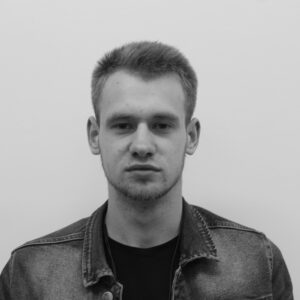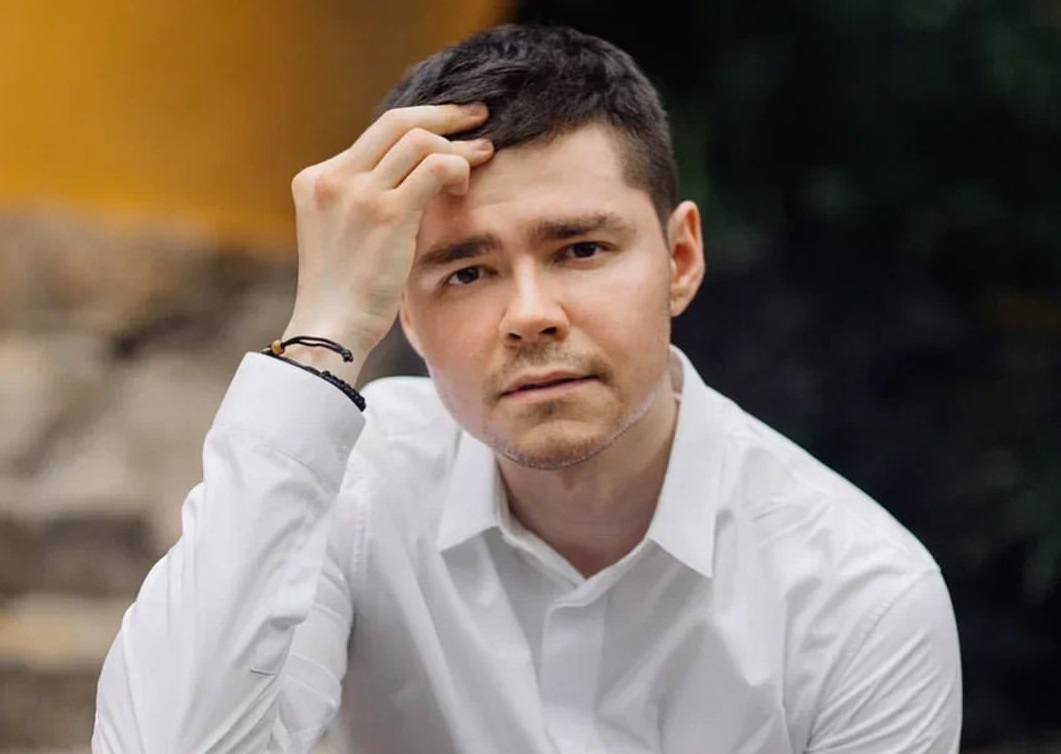The French Côte d’Azur is home to the “world capital of perfume” at its heart. None other than Grasse, traditionally known for its artisan leatherwork, whose climate and land have favored the cultivation of flowers for decades. There, Chanel, in collaboration with the Mul family since 1987, cares for and develops five flower varieties that play a special role in its perfumes: jasmine, iris, tuberose, geranium and of course the rose, which covers six of the thirty hectares in total. A crop that, in addition to guaranteeing optimal quality, strives from the start to celebrate the ecosystem. “At that time, no one was interested in replanting jasmine, so we conducted a scientific study to find a viable rootstock, sidestepping the industry by controlling all agents in the production chain, from the cultivation of the plant to its extraction,” said Jacques Polge, who promoted the collaboration and gave way to his son, Olivier, current Chanel nose and author of fragrances such as Gabrielle or Boy.
In the immensity of his plots, the five senses intersect. The halo is subtle and light. Caress the nose without overpowering. But the impact is also visual. Pink in its pure state clothes immeasurably. The petals of the flowers surprise with their softness, attractive for a collection of millimetric mastery.
For three weeks a year, divided into three groups to cover the seven days of the week, the pickers make precise gestures to fill their aprons with freshly opened flowers. “Our goal is to collect this flower in the most advanced state to avoid losing the scent and take it to the factory (established 1988) as soon as possible after collecting it to start the material extraction process,” says Fabrice Bianchi , son-in-law of Joseph Mul, the fifth generation of the family to work with the house, who over time developed techniques that earned him the Haute Valeur Environnementale (HVE) (High Environmental Value) certification. Among his initiatives are a drip system in the subsoil, which allows to irrigate plants according to their needs, and the process called “Génodique”, which consists of transmitting frequencies, perceived by humans as piano notes , three times a day to increase the stimulation of the immune defenses of the rose bushes. The ecosystem does the rest, even with two recurring obstacles such as aphids and fungi. As detailed by the house, “Once picked, these flowers are collected in large bags that are sent to the factory and weighed before the flowers wilt and are treated. Once weighed, they are divided into five perforated trays and stacked on top of each other. The flowers go through three successive solvent baths, are lightly mixed and then exposed to high temperatures. The solvent is packed with aromatic principles and converts the fragrance into perfume. Concrete is the wax obtained after extracting the flowers with solvents. This concrete is stored and, at the request of the Chanel perfumer, transformed into an absolute: a liquid used in the formulas of the extracts of Chanel N°5”, olfactory reference of the house. “We make sure that we collect the flowers at the same time of year, so that the scent remains unchanged,” emphasizes Olivier Polge, who is also considering growing a new flower variety in the future.
Chanel N°5, created by Ernest Beaux in 1921, rose to become an icon. An undisputed pioneer, Gabrielle Chanel recognized that the scent of a perfume could be an expression of her style, emphasizes Olivier Polge. His protagonists? May rose and jasmine, sublimated by the least expected aldehydes, which give it a unique and recognizable aroma among a thousand. In 1986, Jacques Polge broadened his olfactory vision with the Eau de Parfum. A version that has not stopped reinventing itself since then without losing its essence, with spectacular editions like Ask for the moon, launched in 2021 to mark the 100th anniversary of the fragrance. Fragrance born every year from the thousands of flowers that illuminate the sun of Provence to keep us dreaming.
Source: Marie Claire




